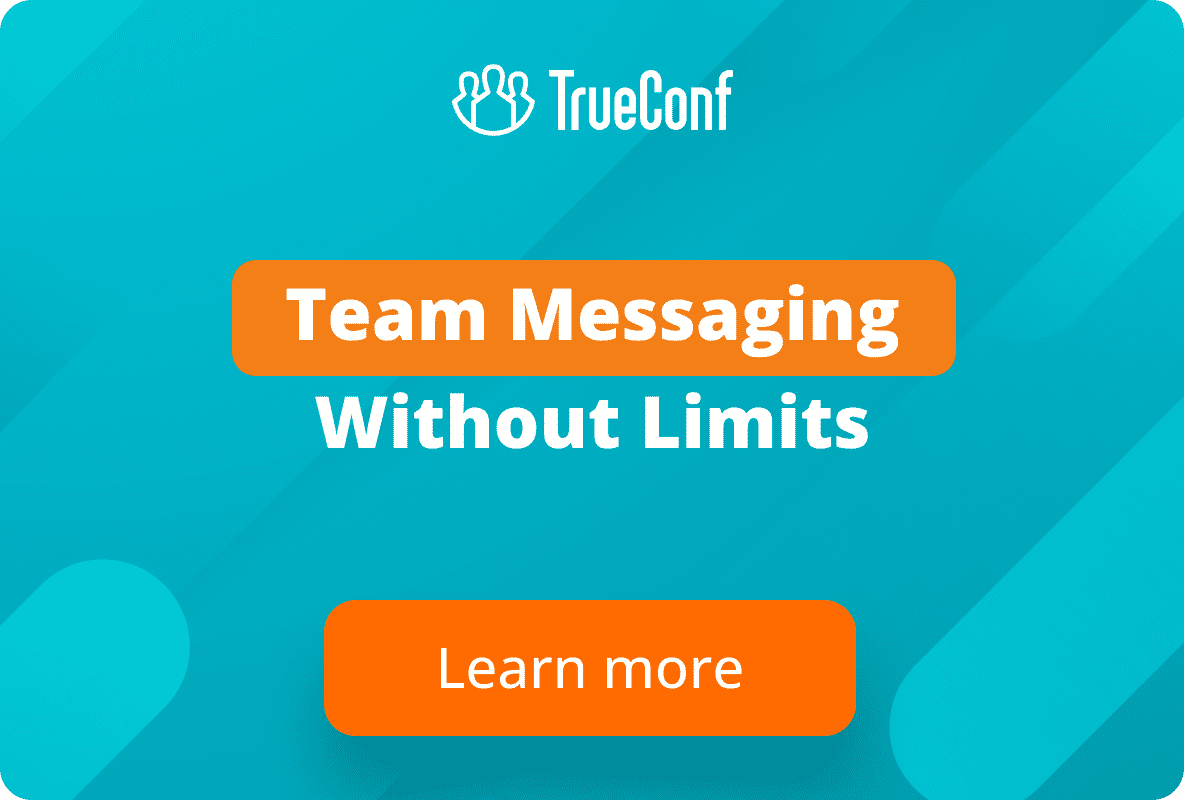How to Write Meeting Invitation Email: Tips & Templates
Business meetings are essential for fostering collaboration, generating ideas, and keeping both in-house and remote employees connected. Organizing a successful meeting requires careful preparation, including determining who will attend and when and where the meeting will take place. Additionally, finding an effective way to bring everyone together and notify participants is crucial.
How to create a meeting invitation email?
A well-crafted meeting invitation serves as a key communication tool, providing participants with all the essential details they need: the subject, time, and location of the meeting. To ensure a smooth preparation process for all attendees, especially speakers, these invitations are typically sent out at least two days in advance. This lead time allows participants to review the agenda, prepare any necessary materials, and clear their schedules for the meeting. For added professionalism, many companies partner with an email marketing agency to optimize their meeting invitation templates.
According to SuperOffice research, more than 45% of recipients decide to open an email depending on who sent it.
This is not just for cold emails but for warm messages as well. That’s why your email address should contain information about your position and field of activity. For example, if you are engaged in sales, then be sure to specify this as “salesdepartment@”, “sales@” or just use the company name.
When it comes to the text of your email, you must address the essential parts of an email.
Step 1. Specify the subject
As practice has shown, one of the main criteria for opening emails by recipients is how accurately the subject of the letter is formulated. Your writing will play a major role in your open rate, so make sure to have a compelling subject line.
For example, the subject of your email may look like this:
- “Introductory webinar for new employees”
- “Project starts next Monday”
- “Ideas for improving banners”
Please note that smartphone screens display a limited number of characters, so try to keep your email subject line to no more than 41 characters or 7 words.
Step 2. Make a quick introduction
If you are hosting a group meeting with new teammates or planning to talk to potential partners, it’s important to properly know how to introduce yourself in an email. Tell the most important things in 2-3 sentences without overloading the recipient with unnecessary information. As a rule, it is enough to say hello, state your name and field of activity:
- “Good morning! This is Michael, sales manager”
Videos are great for internal communication as well as making external introductions, and to really grab the recipient’s attention, you may even consider using a video. This can help to engage potential attendees and make them more interested in joining. To ensure your emails reach the right audience and maintain trust, you can use a DKIM checker to authenticate your emails and prevent them from being marked as spam. To further bolster email authenticity and enhance deliverability, it’s smart to use an email warmup tool, especially for new domains sending professional or high‑volume messages.
Step 3. Describe the subject matter
Before writing a meeting invitation email, think carefully about how you will describe the agenda. Participants should understand what the negotiations will be about and what information they should study in advance. Each word needs to drive action, your meeting agenda should be purposeful and engaging. Writing clear, relevant content also helps improve email deliverability by reducing the chances of your message landing in spam. Just a few words can make participants’ perception of the upcoming event more positive, even if the agenda is not pleasant:
- “I would like to discuss the prospects of our project”
Step 4. Specify the time and date
Specifying date and time of the meeting is must have. If you don’t provide this information in the email, your teammates may be confused, which could disrupt the event. Additionally, you can add the meeting link to your signature:
- “The webinar will begin on March 5th at 6:00 p.m. Please, follow the link below to join the meeting!”
Besides, some video conferencing solutions automatically send out meeting invitations to participants via email. For example, this feature is built into Zoom, Google Meet and TrueConf software, which greatly facilitates informing members about the upcoming meeting. Additionally, modern business communication tools often integrate features like a GS1 QR code generator to simplify event check-ins, share meeting details, and provide instant access to related resources. Such tools improve convenience for both organizers and participants while ensuring accurate information sharing.
Step 5: Secure Email Delivery with Address Verification
Ensure that the email addresses you’re using are accurate and up to date by running them through an email verifier. Additionally, using a professional email ensures that your correspondence appears legitimate. To further secure your email delivery, make sure to authenticate your domain with an SPF record generator. Tools like an SPF generator tool or free SPF record generator help ensure that your emails are properly authenticated, reducing the likelihood of being flagged as spam and improving deliverability.
3 meeting invite templates
From boosting engagement to simplifying organization, you need email marketing templates to cater to various meeting types, be it virtual, in-person, or hybrid.
When sending email invitations, there are different types of messages, and you need the right type of content for each. To streamline the process, many professionals turn to an email template builder, which helps create well-structured, visually appealing emails tailored to each occasion. For a formal business meeting, it’s crucial to create a concise and professional email that includes clear event details and expectations.
Here are three email invitation templates for the most common types of meetings.
For one-on-one meeting
There are many reasons why a one-on-one meeting may be necessary. The most common is that a manager wants to discuss sensitive information or get feedback about projects with a subordinate in person. In this case, don’t forget to specify the purpose of the discussion in advance, whether in the calendar note, a short message, or even included within your email signature, to avoid an unnerving situation.
Hi [Name],
Just a kind reminder that our meeting concerning [subject] is this week on [date] at [time]. I’d like to hear your thoughts, and please prepare all the analytics on your tasks for the previous quarter so we can summarize your results.
See you!
[Signature]
For presentation
Whether you’re introducing a new product feature, discussing market trends, or just want to give an update on your progress, presentations can be a great way to engage and inform your audience. To make the event run smoothly, state the topic of your presentation, its key points, and the approximate duration of the meeting. It can also be helpful to create a catchy email subject line when sending out invitations, ensuring that participants immediately understand the value and purpose of attending.
Hi [Names],
I’d love to share the presentation concerning [topic] with you. Welcome to a conference on [day] at [time]. The approximate time limit is 30 minutes.
[Point 1]
[Point 2]
[Point 3]
See you!
[Signature]
For team meeting
To ensure that everyone in your team is prepared for the meeting, it’s important to include the agenda and key points of discussion in the body of the invitation. A clear and informative email subject line will also help team members quickly recognize the meeting’s purpose and prioritize it accordingly.
Hi team,
It’s that time again!
This meeting will focus on discussing [subject]. Bring any questions you have and the latest updates, and be ready to consider the following cases:
[Case 1]
[Case 2]
See you!
[Signature]
Level up your meetings with TrueConf
TrueConf’s self-hosted video conferencing solution offers unlimited communication in 4K Ultra HD and can automatically send meeting invitations to all participants via email. These invitations include a join link and a brief description of the upcoming event. Additionally, TrueConf allows you to send notifications about missed calls and conferences.
The solution also integrates seamlessly with Outlook, making it especially convenient for Microsoft ecosystem users. With the add-in, you can schedule online meetings directly from a calendar event with just one click.
Take your team communication to the next level with TrueConf!
A powerful self-hosted video conferencing solution for up to 1,000 users, available on desktop, mobile, and room systems.
FAQ
What should be included in a meeting invitation email?
A meeting invitation email should clearly state the purpose of the meeting, the date and time, the location or link (for virtual meetings), and the agenda. Following basic email design tips—like using bullet points and clean formatting—helps make the invitation easy to read.
How do I write a professional email subject line for a meeting invite?
Keep the subject line short, specific, and actionable. For example: “Project Kickoff – Marketing Strategy Meeting, May 10, 2 PM”. A clear subject line is as important as choosing the right persuasive speech topics, because it sets the tone and captures attention immediately.
Should I attach documents or share them in the invitation?
Yes, if supporting materials like presentations, reports, or spreadsheets will be discussed, it’s best to attach them directly or include links. You can also use the QR code generator or even a dynamic QR code generator to share resources conveniently, making it easy for attendees to scan and access files.
How can I make my meeting invitation more engaging?
Adding a polite greeting, a brief explanation of why the meeting matters, and a note on expected outcomes makes the email more engaging. Using automation tools like Batch append to personalize invitations and modern visuals powered by Imagen 3 can further improve engagement and readability.
About the Author
Olga Afonina is a technology writer and industry expert specializing in video conferencing solutions and collaboration software. At TrueConf, she focuses on exploring the latest trends in collaboration technologies and providing businesses with practical insights into effective workplace communication. Drawing on her background in content development and industry research, Olga writes articles and reviews that help readers better understand the benefits of enterprise-grade communication.





Follow us on social networks